None can think of a smartphone without a strong-quality camera. There comes the importance of smartphone camera technology! It’s no longer just a conventional part of the smartphone.
The installation of high-quality cameras on the smartphone has made the use of conventional digital cameras, which were being sold in the market in huge quantities even a decade ago. Smartphone cameras still can’t beat the expensive DSLR camera, however, to serve non-professional or private photography needs, smartphone camera technology has advanced a mile.
And, with advanced technologies like sensor-shift stabilization, personalized AI algorithms, and new RGBW sensors–smartphone cameras are going to the upper level in 2022.
Smartphones with multiple lens systems were mainstream in 2021. With improved sensors and resolution, users could capture more vividly and capture scenes more perfectly in complex light situations.
In the case of image processing, Artificial Intelligence (AI) algorithms contributed a lot. The endless advancements in the cameras of smartphones haven’t finished yet. The tide of advancements in smartphone camera technology is also ahead in 2022.
So, what trends will drive the upcoming change? Recently, a webinar on ‘Global Mobile Camera Trends’ has been arranged by Counterpoint Research, where experts from TECNO, Samsung, and DXOMARK image labs discussed the key trends that are likely to come next year. Let’s have a look at the expected advancement features.

Dual OIS
If you want sharp images you want for your vacation views, instead of blurry and shaky photos, this technology can pave the way to a new horizon. This smartphone camera technology can solve the problem of staying open the shutter longer in low-light conditions.
Using Optical Image Stabilization (OIS) technology, smartphone makers face these problems. In this system, the lens floats inside the camera assembly. By shifting the lens to counter the shaking, this system stabilizes the image or video.
Every year, OIS technology is improving, where larger degrees of movement are captured by the camera stabilizer. Jimmy Hsu, senior manager of the image technology department of TECNO, states that prior to 2019, the trend of OIS is to be about one degree of stabilization, whereas in 2021, it has increased to three degrees due to pan-tilt OIS.
He also states that the company wants to introduce the first android phone, consisting of sensor-shift. According to him, compared to traditional OIS, their company’s sensor-shift technology is capable of achieving a response frequency of 5,000 adjustments every second.
By combining conventional OIS system lens shifting and the latest sensor shift technology, TECNO is aiming to get stabilization of five degrees, he added.
High-resolution sensors with pixel storing: Adjusting resolution and light sensitivity
According to the tech specialist and director of research at Counterpoint Research, 40% of all smartphones in the second quarter of 2021 had 48 to 64-megapixel sensors, while only 3% were 108 MP (Megapixel) Sensors. He forecasts that in 2022 there’s a very good possibility of launching sensors of 200 MP.
As an important smartphone camera technology, sensors having high pixels possess the capability to capture more details from the scene. Nonetheless, the pixel size on that kind of sensor is usually smaller.
The smaller the pixel, the less power thrown will be in each pixel; therefore, it’s harder to get a good image in a darker environment, said Pan Zuebao, Vice president and head of Research and Development of Samsung Electronics.
Sensor manufacturers like Samsung are applying an algorithm-based technique named pixel binning. It enables high-resolution sensors to perform in low-light conditions.
Just like, in a darker environment, human eyes dilate in to let in more light, and our algorithm will automatically put the sensor in high sensitivity mode, added Xuebao.
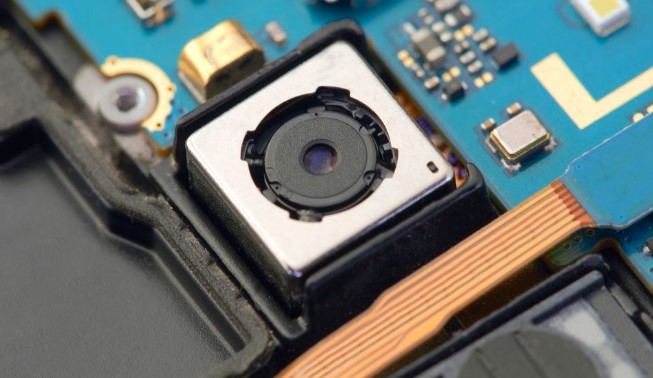
Continuously Active Optical Zoom
As phones are getting sleeker, it’s becoming more challenging for manufacturers to incorporate bulky telephoto lenses. For example, periscope lenses use innovative positioning to allow for 5X to 10X zoom, which started appearing in smartphones in 2021.
The next addition is to offer continuous optical zoom, as continuous advancements in smartphone camera technology. This will provide the facility to shift between different focal lengths. For this, it’s required to move the lenses with small spaces keeping the image quality intact
According to Hsu, there would be continuous optical zoom advancement in the market in the second half of 2022. It would allow the users to shift between 3X to 5X optical zoom. Due to the advancements in long-stroke motor and active optical alignment, the zoom could be extended to 10X by 2023, he added.
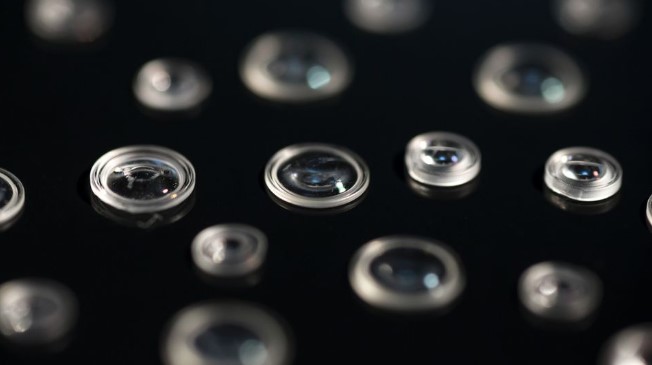
RGBW Sensors
Photos can be not up to the mark because of the lighting factor. Especially indoors where there is the less light environment. But, it’s a matter of fact that most photos are taken indoors.
This one aspect (low light) can lead to disappointing quality, said Harve Macudzinski, image scene director and owner of DXOMARK labs. In low light users take a lot of photos of their near and dear ones, pets, and household products; so, there are lots of challenges in this matter, he added.
For a long time, smartphone manufacturers have been applying different smartphone camera technology to improve performance in low light. However, it’s the RGBW technique that addressed the issue at the sensor level.
Through the mechanism named ‘Color Filter Array’ (CFA), camera sensors capture color information. In traditional cameras, CFAs are arranged in Bayer format. It comprises a pattern of Red, green, and Blue, while RGBW sensors add white filters to it.
If white pixels are added, it would increase light sensitivity by 60%. Thus, the sensor would be capable of absorbing more light. Smartphone manufacturers are developing a way by which camera lenses can be built with a combination of glass and plastic.
Most smartphone lenses, at present, are built with plastic. However, using the glass elements will improve the quantity of light transmission. With this combination, the light intake will be increased by 200%, states Hsu.
This superb smartphone camera technology is going to be in practice very soon and the low-light performance of smartphones seems to be improved with that.
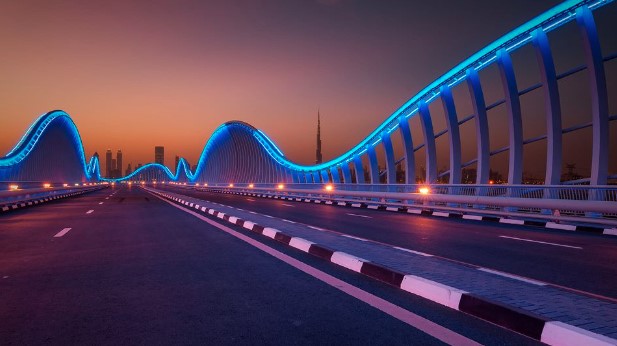
Localized algorithms and AI
The more the camera will improve, the more we can see ourselves clearly. Thanks to new smartphone camera technology, we can see our portraits more clearly. Especially, it would work better for people of color.
Besides hardware advancements, the software is also playing a significant role in determining the image or video quality of these types of portraits.
Hence, some smartphone makers use huge amounts of data along with deep neural networks to accomplish personalized or localized image processing. For example, the signal processing technology of TECNO recognizes and reproduces dark skin elements.
In the case of portrait photography, It’s necessary to recognize and classify different elements like faces and hair color.
AI engines serve the purpose. Then, the photo is optimized for better clarity, color, and light. It assists more accurate reproduction of darker skin tones, even in low-light conditions.
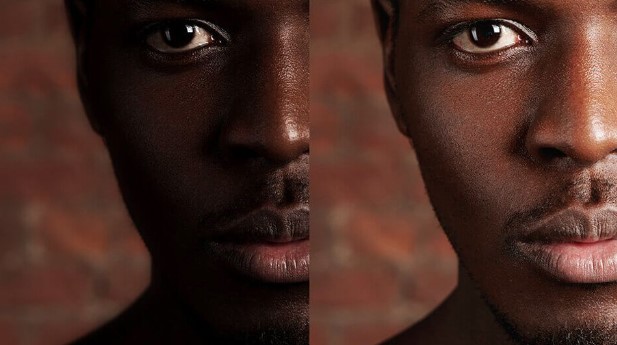
The scene, Light, and Color Enhancement
Not only does the subject of the photo matter in capturing photos, but also the background counts. Smartphone cameras have the capacity to adapt to the background, whether it’s a sunny or cloudy day.
Using their experience and training, professional photographers can make adjustments not just to the subject matter, but also to the background. They also spend lots of time editing and managing the photos that bring better output.
Smartphone cameras need to be capable of providing all these capabilities in the default mode so that the final user of a smartphone doesn’t have to think about everything, said Macudzinski. They just have to press the button, he added.
That’s the field where AI-driven image processing can excel. AI is becoming advanced enough to recognize elements like trees or the sky in the background. Once it’s recognized, the image processing system optimizes the color, contrast, and exposure.
AI also contributes to interpreting light information. For example, if the user shoots standing in the opposite direction of the sun, the algorithm would work to underexpose the sun ray and brighten the subject.

Dynamic Vision Sensors and Time of Flight
Photos with a sharp foreground and blurred background can be done well with a pleasing effect. To accomplish this task, smartphones must have to recognize depth and subject edges.
Smartphones can get better at generating 3D models of the screen and edge-detecting by using Time of Flight (ToF) and Dynamic Vision Sensors (DVS). As a result, more precise measurements and gradual blurring of the background are made possible.
Using toF and DVS, mobile phone cameras can outperform DSLR cameras, expects Hsu.

A Brighter and more intelligent 2022
Smartphone camera technology is becoming sharper, more usable, and capable of serving the diversified needs of users. It has gone a long way in personalized portrait performance, image stabilization, and more prolific zoom works.
However, the advancements in mobile technologies shouldn’t be confined to cutting edge-features on costly smartphones. The system would be such that the fruit of advancements can also reach the low and medium price bands.
But, the more smartphone technologies are being advanced, the more the chance of its reaching all types of people would be increased.

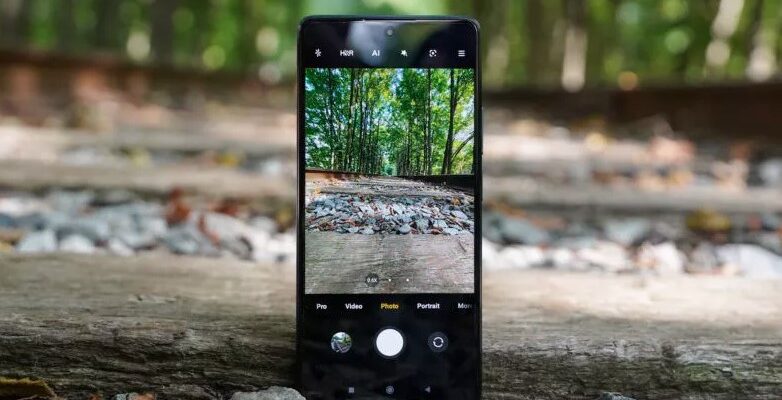












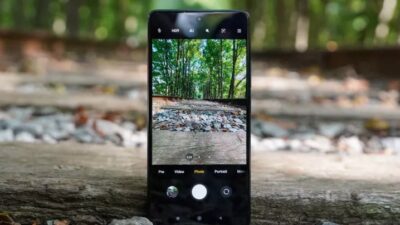


Comments